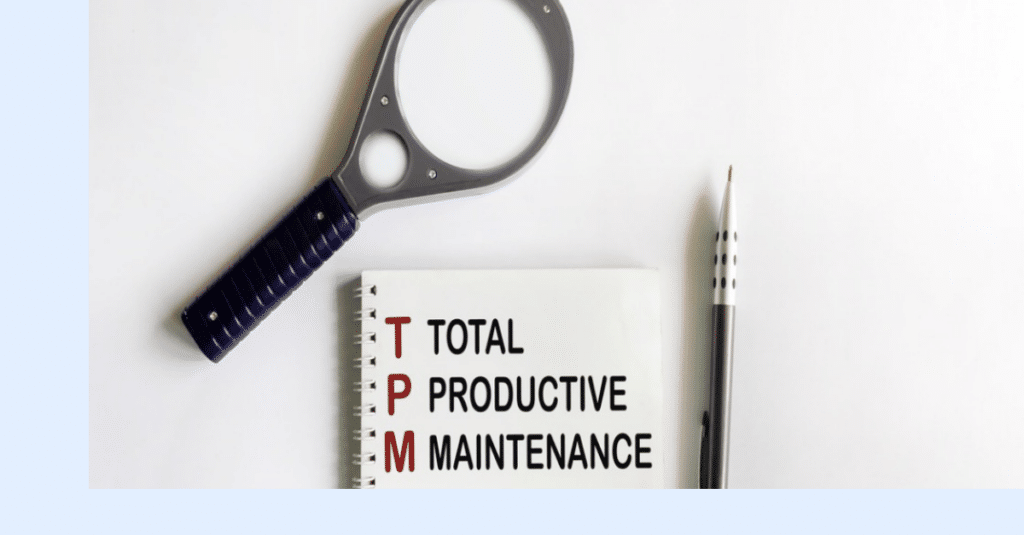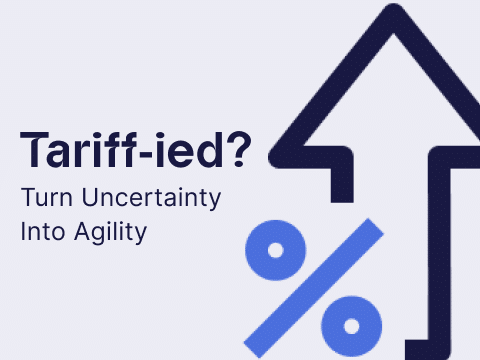
The three P’s of maintenance – Preventative Maintenance, Predictive Maintenance and Prescriptive Maintenance – are often used interchangeably. But they each have their own distinct meaning. What’s going on? In this article James Newman, Augury’s Head of Product and Portfolio Marketing, decides to set the record straight. “There’s no reason why they can’t get along. That said, Predictive Maintenance will likely go the way of the dodo.”
3 P’s… And 3 Very Different Meanings
Humans are very good at spin. It’s like that quotation that Mark Twain famously used: “Lies, damned lies, and statistics“. And words are like statistics: people will twist them in a way that creates value for themselves.
Today, you see it a lot with the term “AI” – it’s nearly impossible now to know what’s real and what isn’t. And we certainly see it in how people interchangeably use the three terms Preventative Maintenance, Predictive Maintenance and Prescriptive Maintenance. Let’s put a stop to this.
Instead, we should use these words as they were meant to be used: to build up a more holistic – and inexpensive – maintenance plan that can benefit both our business and environmental goals. So, to do my part, I decided to break it down one final time into basic definitions so we can once again have normal conversations using these words – and actually make better decisions for the sake of our machines and the people who run them.
Prescriptive Maintenance: Definition, Advantages, Why It’s Here To Stay
In short, Prescriptive Maintenance took things to the next level. Using more sophisticated AI algorithms on the data collected from IoT sensors, Prescriptive Maintenance tells you what the problem is in real-time, what to do about it, and in what timeframe. It’s the full diagnostic package. Super handy.
Taking Predictive a step further, Prescriptive basically dooms Predictive to extinction – since Prescriptive gives manufacturers a competitive advantage. And unfortunately, the manufacturing industry is proving itself slow to catch up to this fact.
“Prescriptive Maintenance tells you what the problem is in real-time, what to do about it and in what timeframe. It’s the full diagnostic package.”
But here’s the thing: to run a good maintenance program you need all three P’s – at the moment anyway. At one point, Predictive will get fully replaced by Prescriptive. But until then, it’s likely that you will always have some assets that due to their value, replaceability, or redundancy, you may never be able to financially justify a fully prescriptive solution. And that’s fine.
Preventative Maintenance: Definition, Shortcomings
Let’s strip it back. Preventative Maintenance means doing something to decrease the risk of a machine failing and causing expensive unplanned downtime. But it is often negatively associated with route-based maintenance – for example, just following the advice of the OEM when the best time is to change your oil on that particular machine.
So it does come at a cost: it doesn’t protect you from unexpected problems and you may be doing more maintenance than you have to. And while organizations have become great at preventative maintenance, there’s a limit on how far it can take you.
“Preventative Maintenance means doing something to decrease the risk of a machine failing and causing expensive unplanned downtime.”
Don’t get me wrong: you should definitely be proactive and do Preventative Maintenance. After all, you should always change that oil. And it’s definitely a step up from Reactive Maintenance where you are just putting out fires as they flare.
But you should strive to do it as smartly as possible (more on this later).
Predictive Maintenance: Definition, Advantages, Why It’s Going The Way of the Dodo
Predicting a problem is awesome. And people have been predicting problems without technology for a long time. For example, that old maintenance guy who can tap the side of a machine with a wrench and go “Uh-oh, we got a problem here”. [Full disclosure: I love those old guys – I am one.]
So Predictive Maintenance is a step up because you know something is up. And in these modern times, instead of some wonderful old guy, you can run some simple algorithms with the data you’ve picked up from sensors – whether they’re handheld or IoT.
“Is it useful if the machine still fails?”
Unfortunately, all this data is telling you is that there’s a bad pattern in the data you collect – that something is different, that something is not right. Naturally, this is super useful. You can send in the techs to dig deeper into the problem and hopefully solve it before there’s a failure. And there’s the rub…
Predictive is not based on real-time but lagging indicators. You might be too late to do something about it. Is it useful if the machine still fails?
Avoiding The Spin…
You will always have to do some kind of Preventative Maintenance. And if you think you aren’t then you are kidding yourself. But let a Prescriptive program make the Preventative program smarter, letting you know when, for example, you need to change the oil, and when you don’t, instead of just relying on the date or hours run. In this way, you will be able to make it more efficient – so you’re not changing that oil every 500 machine hours, instead of every 200.
Basically, we’ve gone from the Dark Ages to the Age of Enlightenment in terms of maintenance. We’ve got super sophisticated AI backed by human expertise to create viable Prescriptive Maintenance. In terms of value alone, you’ll want to take this next evolutionary step while still always remembering to listen to the algorithm when it tells you to change the oil (or not to).
After all, the algorithm has no time for spin.




